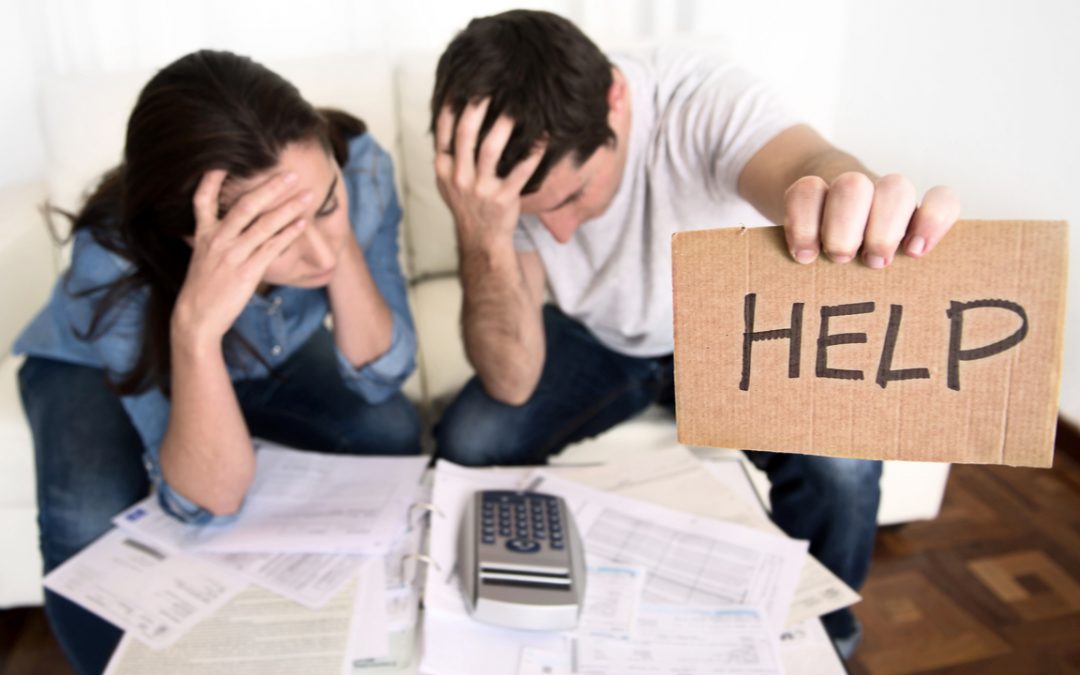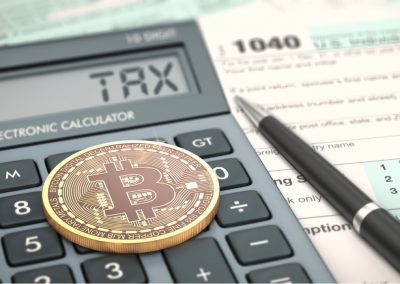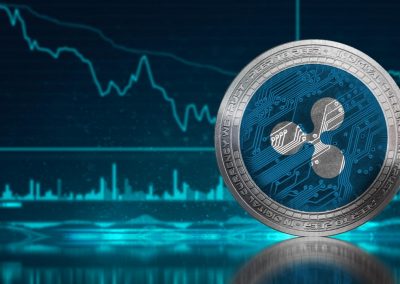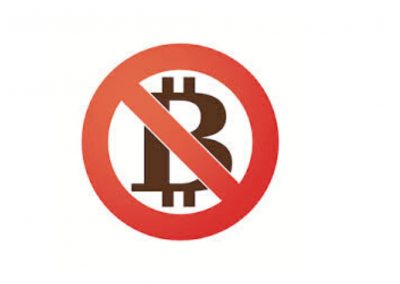Do you have that sinking feeling every time you go to the mailbox of what’s waiting inside? Are there bills, late notices, and threatening letters from collection agencies waiting inside?
You’re hardly alone. Between credit card debt, auto loans, mortgages, and student loans, the average American carries more than $137,000 in debt with them. When you consider that the average household income is a tick above $59,000, that’s a big problem.
Getting out debt can seem like an impossible task, but there are several ways to get help or to help yourself. Here’s a closer look at how we find ourselves buried in debt and some best practices to getting back out again.
The Reason for Debt
Debt can come about in any number of ways. One is by frivolous spending. People tend to want things immediately, which leads to unwieldy car loans and mortgage agreements that have high monthly payments and last for years or decades.
Credit cards are even worse since they:
- Are easy to acquire
- Come with large credit limits
- Have escalating interest rates that most people don’t think about
- Will pursue you via collection agencies should you fail to pay on time
When people want to buy a house or a car, they typically apply for a loan. The lending party will approve you for a certain amount of money, which many people take as an indication of how much they should spend.
Being approved for a $300,000 home loan does not mean you must invest $300,000. That’s the maximum amount the lender will issue based on your information. It’s up to you to know your bills and what you can afford every month.
Student loans are dangerous because they come with far-off due dates. Many graduates see their student loans as something to be paid off later and are content only to pay the interest accumulating on their principal loan to keep it current. It is equivalent to treading water after a shipwreck instead of swimming to shore. You’re keeping your head above water, but you’re not going anywhere.
Finally, some people go into debt because of unexpected expenses. For them, charging up credit cards or taking out a loan is the lesser of two evils. These situations include, but are not limited to:
- Major car repairs
- Home repairs not covered by insurance
- Medical procedures not covered by health insurance
- Paying for essentials after losing your job
When people fall into those categories without a substantial amount of savings built up, they have to make tough decisions; choosing to suffer immediate hardships or go into debt over the long term.
Fortunately, there are ways to get debt relief. Some require you reaching out for assistance from third parties, some you can start today with nothing more than a pen and paper or a computer.
Government Aid
The US government has lots of plans and programs in place to try and help relieve the burden of debt from its citizens. The National Foundation for Credit Counseling (NFCC) and the Financial Counseling Association of America (FCAA) hold sway over various credit unions, extension offices, religious organizations and nonprofit agencies. Make sure any organization offering debt help services is accredited by one of these two associations.
If you are a member of the military, you may get debt relief under the Servicemembers Civil Relief Act (SCRA). This act offers reduced interest rates on mortgage payments and credit card debt.
Student Loan Forgiveness
Student loan debt can take a lifetime to pay off, but there are a few ways that it can be forgiven. The first involves working with the federal government or a non-profit organization. You must work at the job full-time and make at least ten years of on-time student loan payments to qualify. There are also loan forgiveness plans for other professions including:
- Teachers
- Nurses
- Doctors
- Lawyers
- Members of the Military
If you make loan payments on time for 20-25 years, you can have the rest of the loan about forgiven. You will be taxed on the amount that is left.
Credit Card Consolidation
Credit card debt is a rigorous cycle to break because as interest levels go up, it becomes more and more grueling to pay anything more than the interest incurred. Customers can spend years lowering their amount owed by fractional amounts as a result. There are third parties that are willing to act on your behalf to negotiate a settlement with each credit card company. Under this plan, the card closes, and you begin paying off the remaining balance on a low- or no-interest payment plan, spanning up to five years. The payments are more affordable due to the lack of interest, but your credit score will take a hit.
You can also take it upon yourself to negotiate interest rate decreases with your credit card companies without involving a 3rd party.
Expense Reduction
Cutting back on other expenses is a rigorous but effective way to free up more money for getting out of debt. Wherever your financial deficit originates from, you can make more payments in higher amounts if you have more disposable income. A simple way to do this is to take your bank statement from the last month and divide purchases into “Needs” and “Wants.” Needs are essential items like trips to the grocery store, paying your mortgage, gas for the car and electricity for your home.
Wants trend toward going out to eat, $5 cups of coffee, vacations, tickets to sporting events, even things like premium cable television packages. It’s helpful to think of these cutbacks as temporary until you can get out of debt and start spending money on things you enjoy again.
Snowball Method
Made famous by author Dave Ramsey, the snowball method is a great way to start and keep momentum while you pay off your debts and feel good while doing it. The premise is to arrange all your debts, then work to pay off the smallest one first while continuing to pay the minimum balances on the rest of your debts. When you finish paying off the first debt, add the amount of money you were spending on it to the minimum payment of the next-smallest debt. With each debt you pay off, the more money you will be able to dedicate to the next one.
Conclusion
There’s only one wrong way to handle your debt, and that’s to do nothing at all. Avoiding the problem will result in a dwindling credit score and a lack of financial freedom to do things like buying a new house, move to a new state or retire at an early age.










